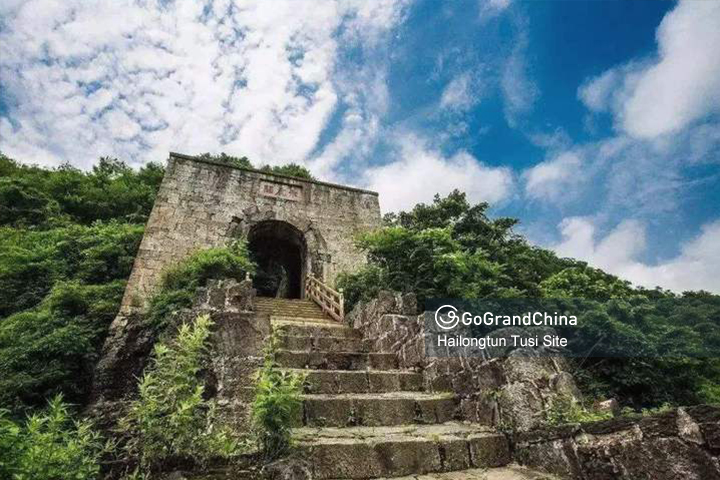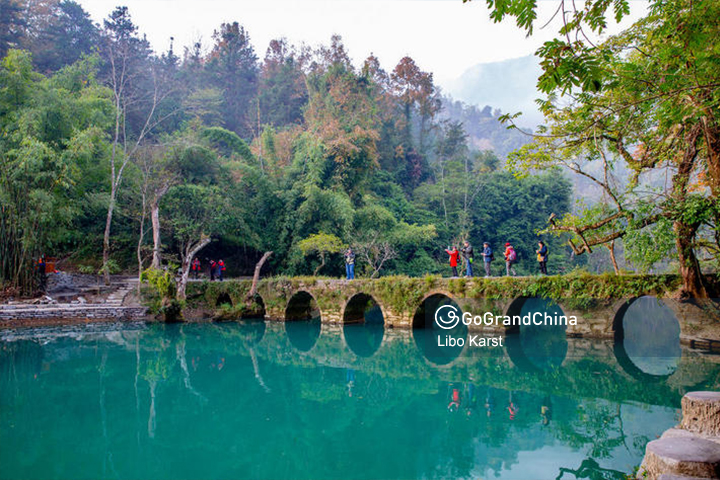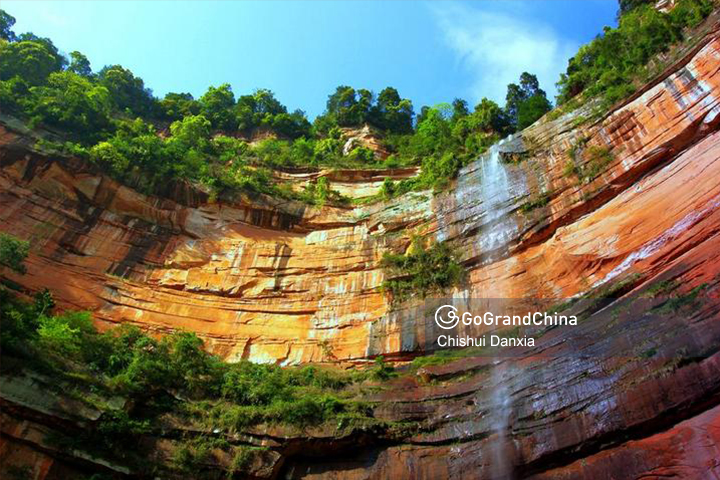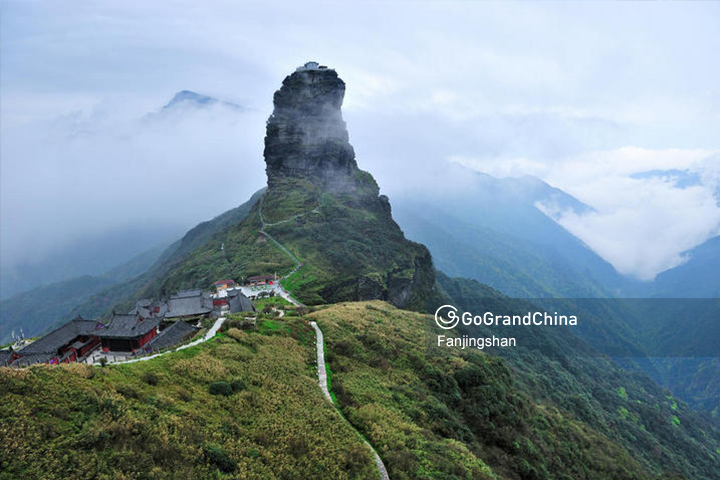UNESCO World Heritage
Introducing UNESCO World Heritage Sites in Guiyang of Guizhou Province
Guiyang is the capital city of Guizhou province. There are a total of four cultural and natural places inscribed on the UNESCO World Heritage List as of 2020 in Guizhou province. Hailongtun Fortress became a World Heritage Site as part of Tusi Sites in 2015. Libo Karst was added in the list as part of South China Karst in 2007. Chishui Danxia was enlisted world heritage site as part of China Danxia in 2010. Fanjingshan was inscribed on the UNESCO World Heritage List in 2018. If you happen to be in Guiyang or anywhere else in Guizhou province, be sure to drop by these amazing UNESCO World Heritage Sites in Guizhou province. Each UNESCO World Heritage Site has a tale to tell. Book GoGrandChina tour packages to learn the tales of Guizhou's UNESCO World Heritage Sites at the most affordable prices.
Hailongtun Fortress Tusi Site
Located in the mountainous areas of south-west China, this property encompasses remains of several tribal domains whose chiefs were appointed by the central government as ‘Tusi’, hereditary rulers from the 13th to the early 20thcentury. The Tusi system arose from the ethnic minorities’ dynastic systems of government dating back to the 3rd century BCE. Its purpose was to unify national administration, while allowing ethnic minorities to retain their customs and way of life. The site of Hailongtun Fortress in Guizhou province make up the site bear exceptional testimony to this form of governance, which derived from the Chinese civilization of the Yuan and Ming periods. Hailongtun Fortress located approximately 170km away from Guiyang. Please feel free to contact GGC by WhatsApp (+86-18309280878), Wechat (+86-18309280878) or email (info@GrandChinaTravel.com) for a tailor-made tour of Hailongtun Fortress Tusi Site if you are interested.

Libo Karst of South China Karst
South China Karst is one of the world’s most spectacular examples of humid tropical to subtropical karst landscapes. It is a serial site spread over the provinces of Guizhou, Guangxi, Yunnan and Chongqing and covers 97,125 hectares. It contains the most significant types of karst landforms, including tower karst, pinnacle karst and cone karst formations, along with other spectacular characteristics such as natural bridges, gorges and large cave systems. The cone and tower karsts of Libo, also considered the world reference site for these types of karst, form a distinctive and beautiful landscape. Libo Karst located 280km away from Guiyang. Please feel free to contact GGC by WhatsApp (+86-18309280878), Wechat (+86-18309280878) or email (info@GrandChinaTravel.com) for a tailor-made tour of Libo Karst if you are interested.

Chishui Danxia of China Danxia
China Danxia is the name given in China to landscapes developed on continental red terrigenous sedimentary beds influenced by endogenous forces (including uplift) and exogenous forces (including weathering and erosion). The inscribed site comprises six areas found in the sub-tropical zone of south-west China. They are characterized by spectacular red cliffs and a range of erosional landforms, including dramatic natural pillars, towers, ravines, valleys and waterfalls. These rugged landscapes have helped to conserve sub-tropical broad-leaved evergreen forests, and host many species of flora and fauna, about 400 of which are considered rare or threatened. Chishui Danxia is located approximately 360km away from Guiyang. Please feel free to contact GGC by WhatsApp (+86-18309280878), Wechat (+86-18309280878) or email (info@GrandChinaTravel.com) for a tailor-made tour of Chishui Danxia if you are interested.

Fanjingshan
Located within the Wuling mountain range in Guizhou Province (south-west China), Fanjingshan ranges in altitude between 500 metres and 2,570 metres above sea level, favouring highly diverse types of vegetation and relief. It is an island of metamorphic rock in a sea of karst, home to many plant and animal species that originated in the Tertiary period, between 65 million and 2 million years ago. The property’s isolation has led to a high degree of biodiversity with endemic species, such as the Fanjingshan Fir (Abies fanjingshanensis) and the Guizhou Snub-nosed Monkey (Rhinopithecus brelichi), and endangered species, such as the Chinese Giant Salamander (Andrias davidianus), the Forest Musk Deer (Moschus berezovskii) and Reeve’s Pheasant (Syrmaticus reevesii). Fanjingshan has the largest and most contiguous primeval beech forest in the subtropical region. Fanjingshan is located approximately 190km away from Guiyang. Please feel free to contact GGC by WhatsApp (+86-18309280878), Wechat (+86-18309280878) or email (info@GrandChinaTravel.com) for a tailor-made tour of Fanjingshan if you are interested.

There are no products matching the selection.
